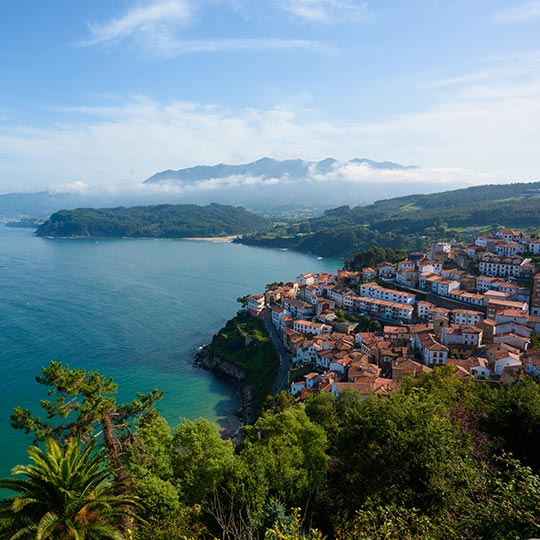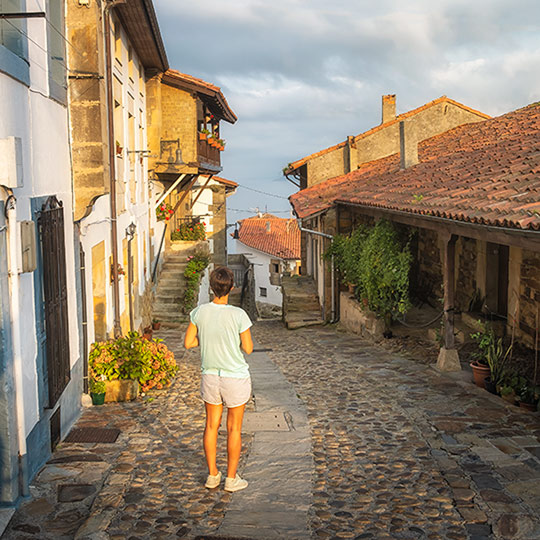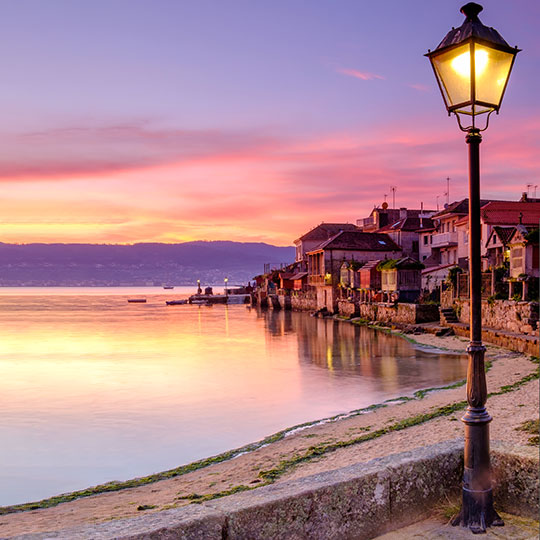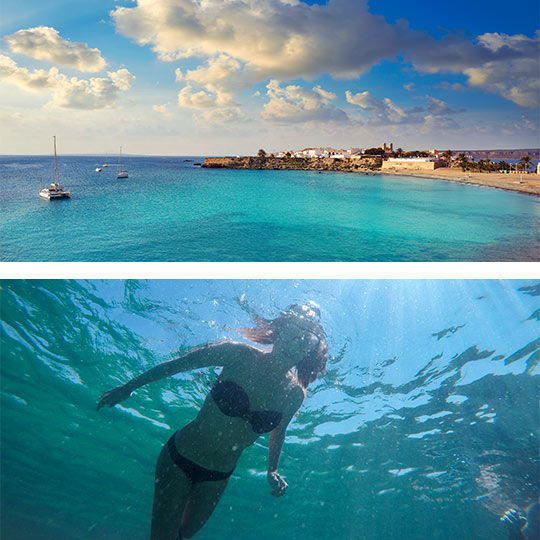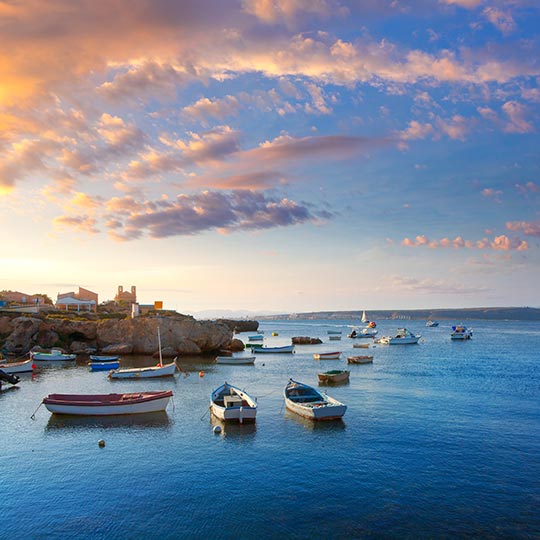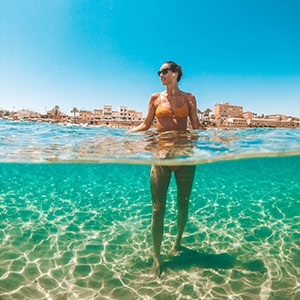Lastres (Asturias), declared an Exemplary Town
Located in the eastern part of the Principality of Asturias, the town of Lastres, declared a Historic-Artistic Site, received the designation of Exemplary Town in 2010 for its natural heritage and historical value.One of its most renowned places is the fishing port, where dozens of colourful boats are moored and two impressive cannons defend the bay – a bay that will take your breath away with the calm, transparent waters of its beach. A tranquility that invites you to cool off and observe the town's historic center from the sand.
